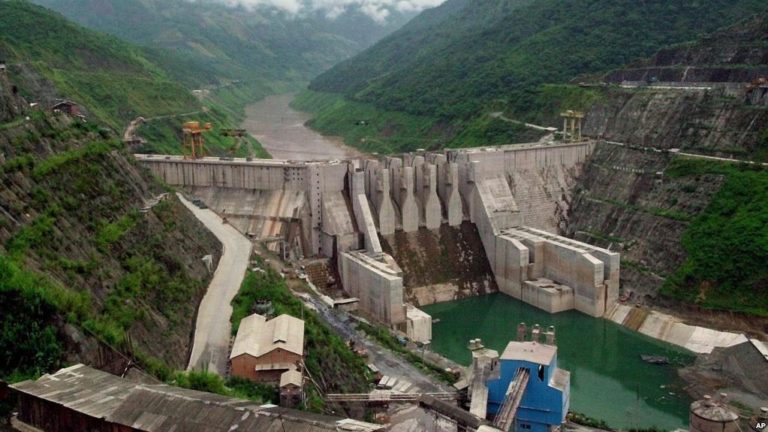
Written by Marc Yaggi and Gaby Segal
After the devastating collapse on July 23 of the Xe-Pian Xe-Namnoy hydropower installation in Laos’ Attapeu Province, the Lao government announced renewed inspection of hydropower dams and temporarily suspended all new projects to review its “future hydropower development strategy.” To date, the disaster has claimed a reported 36 lives, with 98 still missing, and left more than 6,000 homeless. Save the Mekong, a coalition of community-based groups and concerned citizens in the Mekong region, described the disaster as “human error on the part of the dam builders.”
This catastrophe could have been avoided had there been proper initial planning. Although the government says it is taking steps to ensure that a similar incident never occurs again, with 11 dams planned on the lower Mekong mainstem and over 100 planned on its tributaries, the future for hydropower development in Laos, and other Southeast Asian countries, is a menacing threat.
The Mekong originates in the Tibetan Plateau, flowing through China’s Yunnan Province, Myanmar, Laos, Thailand, Cambodia, and Vietnam, before its delta where it meets the South China Sea. The river and its tributaries provide food, water, recreation, and transportation for more than 60 million people. With more than 1,100 species of fish, and accounting for nearly 25 percent of the global freshwater catch, the river is considered one of the most biodiverse in the world. The river is also known for its inland fisheries, which have been essential to local livelihood for generations, and the seasonal ebb and flow of the river has been crucial for rice production and agriculture.
The Mekong River Commission (MRC), which oversees dam construction in the region, stresses the threat of “irreversible environmental damage” to the Mekong from hydropower dams. It predicts severe sediment decline and a loss of almost one million tons of fish annually by 2040, if dam development continues as planned. National Geographic writer Michelle Nijhuis explains how villagers must change their locations and their lifestyles, usually from fishing to farming produce. “It’s a chancy living, and not the one they know best,” she writes, “and it’s made even more challenging by frequent flooding [brought on by upstream dams.]”
Further downstream in Cambodia, the Tonlé Sap—a huge freshwater lake in the lower Mekong basin that millions depend on for food, water, and economic stability—is threatened by dam construction. The lake is dependent on seasonal flooding for fish production and floodplain agriculture, but changes in flow and water level could cause serious consequences to the ecosystem. The Tonlé Sap is one of the many examples of areas that need protection from dam development. Tonlé Sap Lake Waterkeeper, a member of the Save the Mekong coalition, has been active and outspoken about preventing dams on the Mekong mainstream.
While energy is needed in Laos and Cambodia, 90 percent of the power produced by mainstem dams would be sold to Thailand or Vietnam, with most of the profits going to the hydropower companies. A study by the MRC predicts that fishery losses caused by the dams may lead to inequality and undermine progress toward national poverty alleviation goals by forever changing traditional ways of living. Additionally, relocating residents ahead of construction must be reevaluated when developing hydropower projects, as the UN Human Rights Committee recently expressed concern about “reports of forced relocation of a number of ethnic minority communities as a result of land grabbing and land concessions to development projects such as the building of hydropower stations” which negatively impact their “use of land and resources.”
The Xe-Pian Xe-Namnoy hydropower project, like a majority of dams in Laos and Cambodia, is funded by a foreign company that exports a majority of the power produced. The Lao government’s decision to review future hydropower development is important as Laos has been intent on becoming the “battery of Southeast Asia,” embracing “a ‘high-wire act’ of prioritizing investment over stronger regulation.”
July’s disaster highlights the incredible risks of poor regulation in countries where the livelihoods of millions are reliant on a waterway. On the Mekong, work has continued on two of the biggest dams, causing many to question how serious the government is in implementing the suspension.
If Southeast Asian countries are concerned because their citizens need electricity, research shows hydropower dams are not a viable solution. Save the Mekong has urged the government to consider renewable energy sources as an alternative to destructive dams. Conservationists are pushing for investments in solar and wind technology, which can produce power output similar to dams, but at cost-competitive rates without all of the negative impacts.